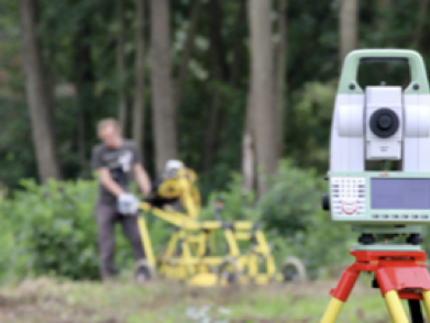Applied Geophysics Fieldcourse
Jens Tronicke
Geophysical methods represent indispensable tools to explore subsurface environments and to develop a spatial understanding of subsurface structures, properties, and processes. Data and models from applied geophysical tools such as seismic, magnetic, electrical, electromagnetic, and ground-penetrating radar surveying are routinely applied in different fields – from basic research to engineering practice.
When exploring near-surface environments (up to depths of several meters and more), applied geophysical methods are routinely used in a variety of applications including those from archaeology, civil engineering, hydrology, and soil science. Here, we typically combine various selected methods to reduce ambiguities in data interpretation and, thus, to provide detailed and reliable images and models of the buried underground.
In this field course (part of the module Applied Geophysical Methods II), different geophysical methods are combined and used to solve a real-world, near-surface exploration problem. While the theoretical background is provided in various related modules and classes, respectively, the focus of this field course is on gathering some first hands-on experience in geophysical data acquisition, processing, and interpretation.
In a one-week field campaign focusing on a selected problem from, for example, archaeological prospecting, students will plan and design field experiments, and collect their own data sets using modern geophysical field equipment. After analysing and processing the recorded data using MATLAB and further special software packages, the results will be interpreted in an integrated fashion also considering available background information (e.g., from boreholes or excavations). Finally, a written report will summarise the activities and results. Thus, the entire project workflow from designing field experiments to presenting the results will be covered by this course.

